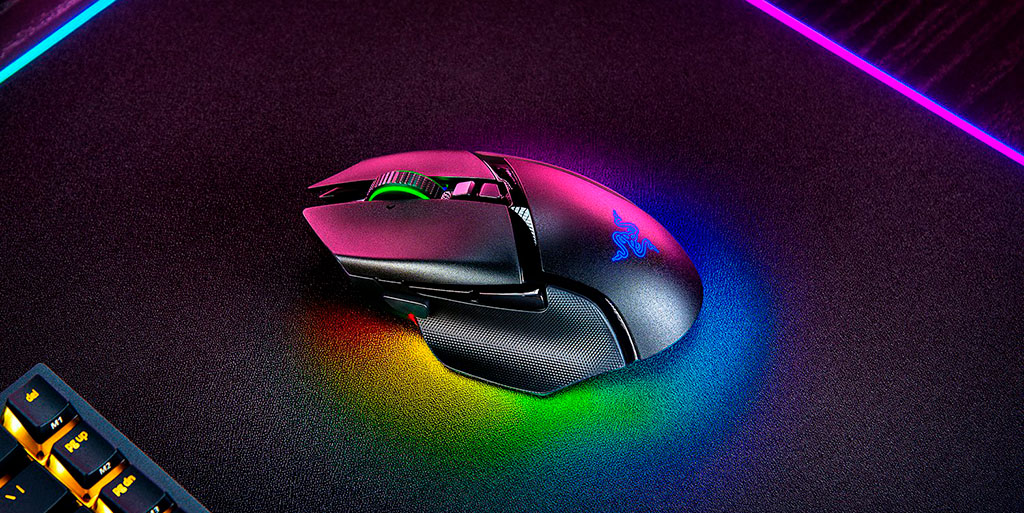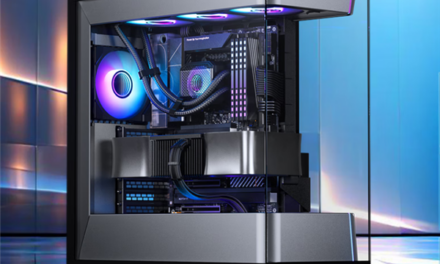
The Evolution of Gaming Mice: From Simple Devices to Esports Essentials

Gaming mice have transformed drastically over the years. What started as basic tools for simple navigation are now highly advanced devices that can greatly improve how we play games. This article will explore how gaming mice have evolved, focusing on key developments and their impact on the gaming world.
The Early Days: From Simple Mice to Optical Technology
In the beginning, mice were mainly used for moving the pointer on a computer screen. The first computer mouse, created in the 1960s, was a basic device that used a mechanical system to track movement. As video games became more popular, the demand for better accuracy grew.
Mechanical Mice: Early gaming mice used a ball mechanism to detect movement. While they worked, these mice weren’t very accurate, especially in fast-paced games. They also required regular cleaning to keep the ball and sensors working, which was annoying for gamers.
Optical Sensors: In the late 1990s, optical sensors replaced the ball mechanism. These sensors used LED lights to track movement, which made gaming mice more accurate and responsive. They didn’t need much maintenance, providing gamers with a more reliable tool for their games.
The Rise of DPI and Sensitivity
As different types of games became popular, the need for more precise controls increased. This led to the introduction of DPI (Dots Per Inch) settings, which allowed gamers to adjust how sensitive their mouse was.
DPI Customization: With high-DPI settings, players could quickly change how fast their mouse moved. For example, a high DPI setting helped players scan large game areas quickly, while a lower DPI allowed for better accuracy when aiming in shooting games.
Variable DPI Settings: Modern gaming mice often come with buttons or software that let players adjust DPI settings instantly. This allows gamers to fine-tune their sensitivity, making their mouse respond better to their specific playstyle.
Wireless Technology: Breaking Free from Cables
In the past, wireless mice weren’t popular among gamers because they had issues with delay (lag) and connection stability. However, wireless technology has improved, making wireless gaming mice as good as wired ones.
Low-Latency Wireless: Today, wireless gaming mice have low-latency technology, meaning they are just as fast and responsive as wired mice. This improvement has made wireless mice a great choice for competitive gaming, where even small delays can make a difference.
Convenience and Comfort: Wireless gaming mice allow players to enjoy a cleaner, clutter-free setup. Without cables, gamers can move their mouse more freely, which is especially helpful in fast-paced action games.
Customization and Macros: Better Control for Gamers
One of the best features of modern gaming mice is the ability to customize buttons and set up macros. These features allow players to control their games more efficiently.
Programmable Buttons: Many gaming mice come with extra buttons that players can set up to perform specific actions in-game. This is helpful in games like MOBA (Multiplayer Online Battle Arenas) and MMORPGs (Massively Multiplayer Online Role-Playing Games), where quick access to abilities and commands is crucial.
Macros for Efficiency: Macros let players perform a series of actions with just one button press. This is useful in games that require complex combos or quick sequences of commands, saving time and increasing efficiency during gameplay.
Ergonomics and Design: Focus on Comfort
As gaming sessions have become longer, the need for comfortable gaming mice has grown. Ergonomics, or the study of how products can be made comfortable and easy to use, has become important in gaming mouse design.
Ergonomic Shapes: Modern gaming mice are designed to support different types of grips, such as palm, claw, or fingertip styles. These shapes help reduce hand fatigue, allowing players to stay focused and perform better during long gaming sessions.
Weight Customization: Some gaming mice allow players to adjust the weight, making the mouse feel just right in their hands. This customization can improve comfort and control, giving gamers an extra edge.
RGB Lighting and Aesthetics: Making It Your Own

RGB lighting, which allows gaming mice to light up in different colors, has become a popular feature. It lets gamers personalize their devices and match them with the rest of their gaming setup.
Visual Customization: Players can choose different lighting effects and colors to make their mouse look unique. Many brands offer software that lets users create special lighting patterns, adding a fun touch to their gaming experience.
Functional Indicators: Some gaming mice use RGB lighting to show important information, like which DPI setting or profile is active. This gives gamers useful visual feedback during gameplay without needing to check their settings manually.
The Future of Gaming Mice: What’s Next?
As technology continues to advance, gaming mice will keep getting better. Here are some trends that could shape the future of gaming mice.
AI-Enhanced Features: Artificial intelligence (AI) could allow gaming mice to learn a player’s habits and automatically adjust settings for better performance. This could make gaming mice even more precise and personalized.
Sustainable Materials: With growing concerns about the environment, gaming mouse manufacturers might start using eco-friendly materials. This could include using recycled plastics or other sustainable materials, appealing to gamers who care about the environment.
Integration with Virtual Reality (VR): As VR gaming becomes more popular, gaming mice could evolve to work better with VR systems. This might involve new ways to control games, making the gaming experience more immersive and realistic.
Conclusion: The Journey of Gaming Mice
The evolution of gaming mice shows how much the gaming industry has changed. From simple input devices to advanced gaming tools, modern gaming mice now offer better accuracy, comfort, and customization. As technology keeps advancing, gaming mice will continue to evolve, offering players new features to enhance their gaming experiences.
Whether you’re a casual gamer or a competitive player, understanding the history of gaming mice can help you appreciate just how important these devices are in shaping the future of gaming.



























